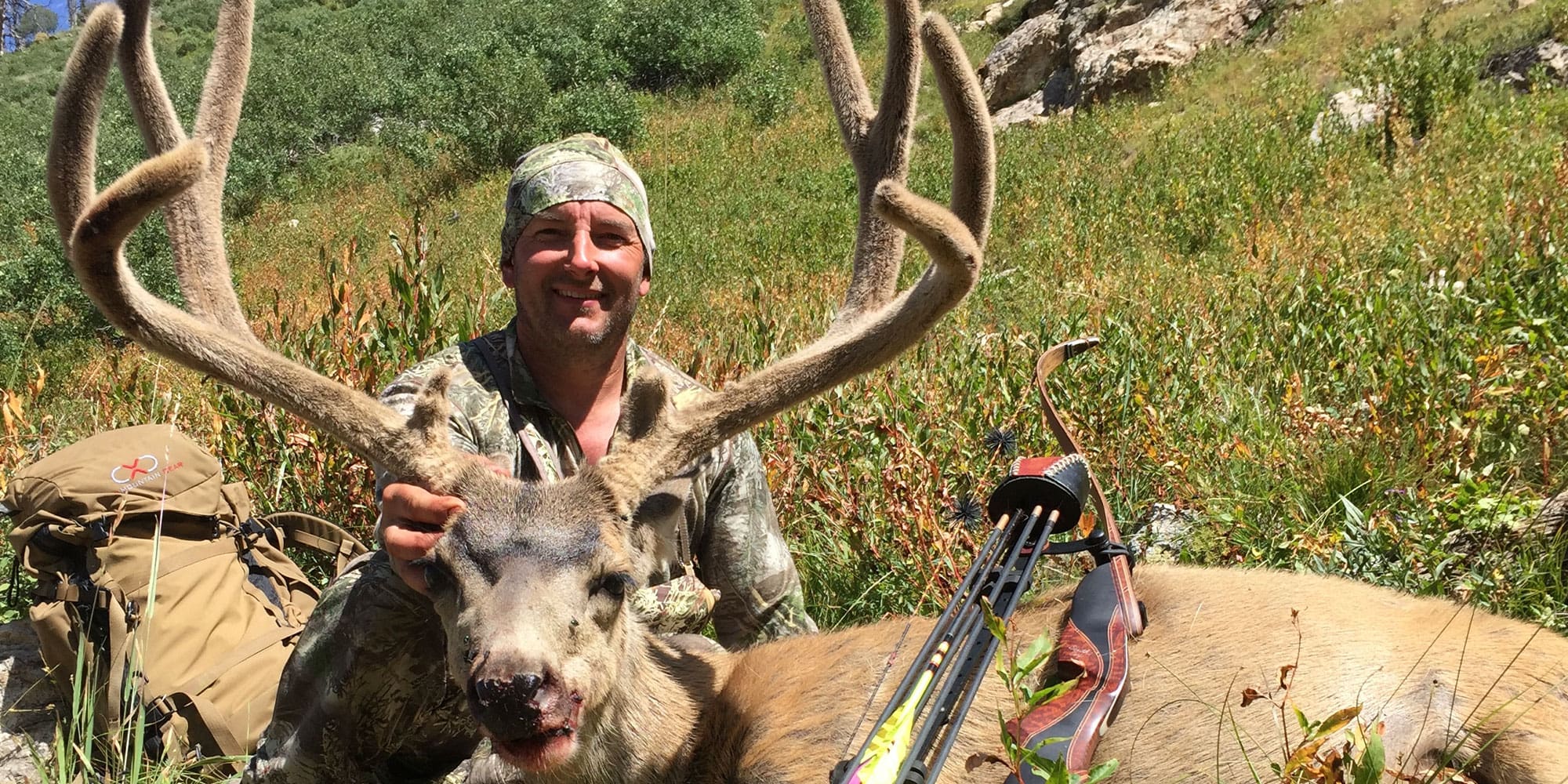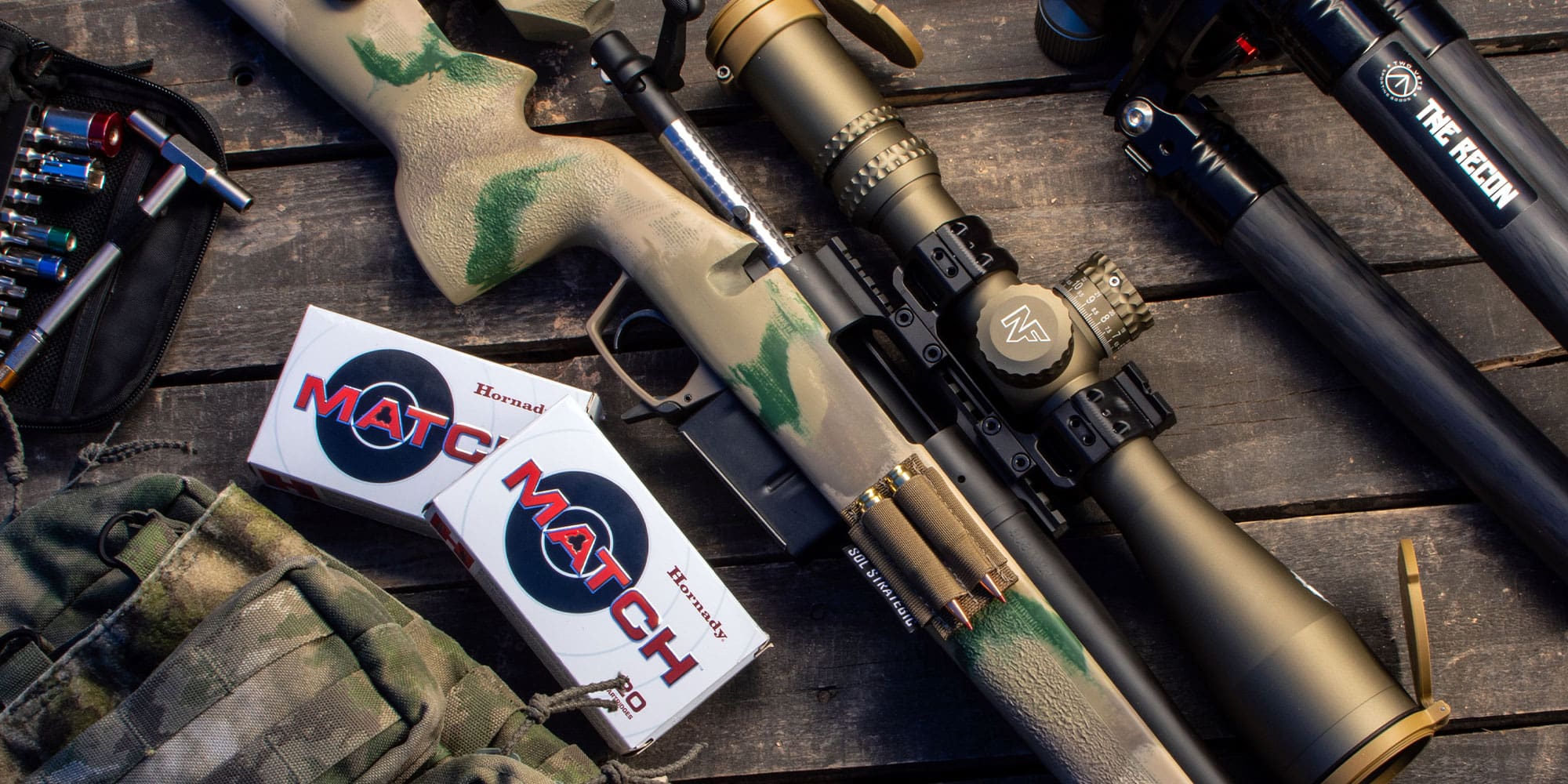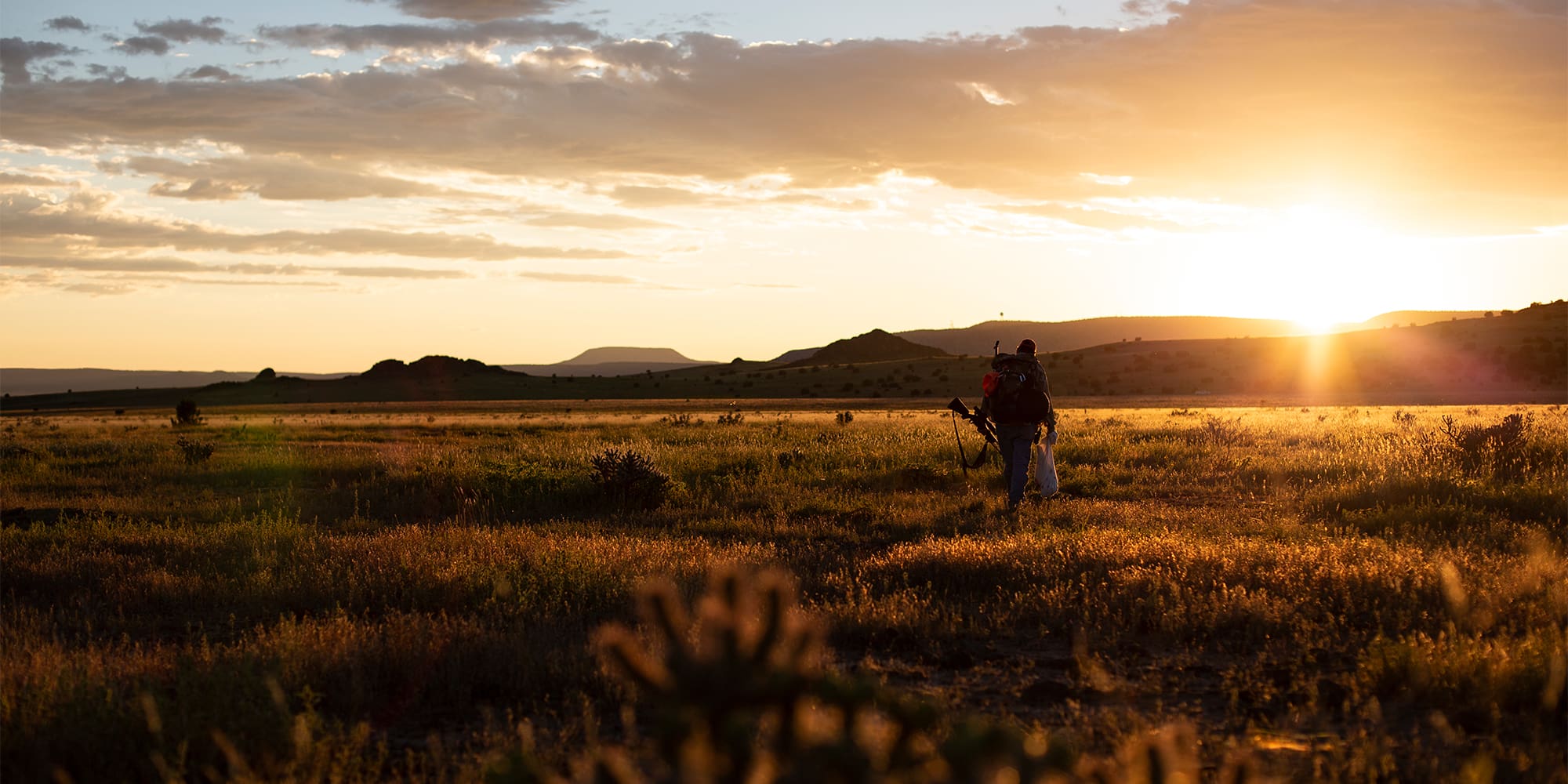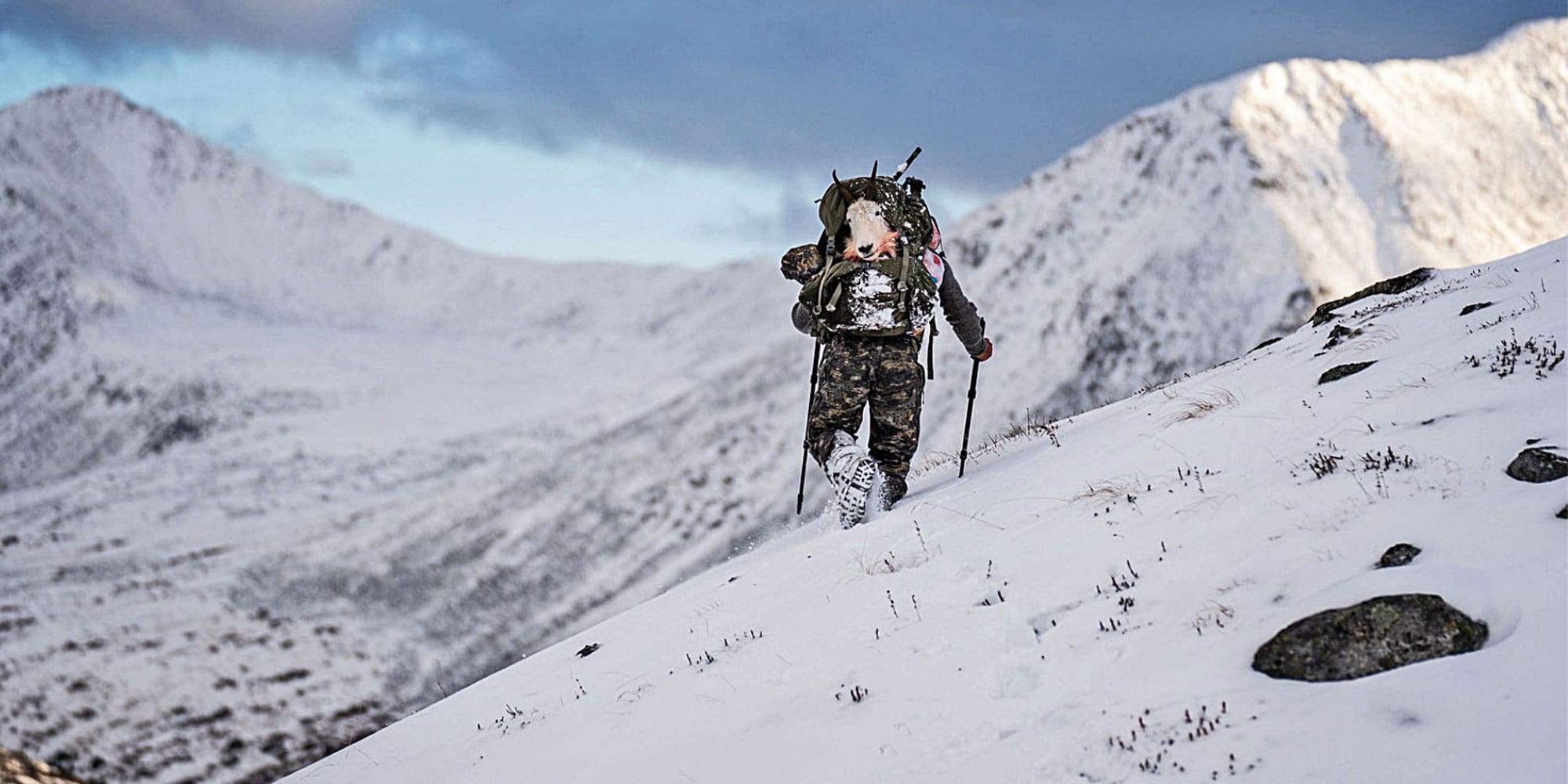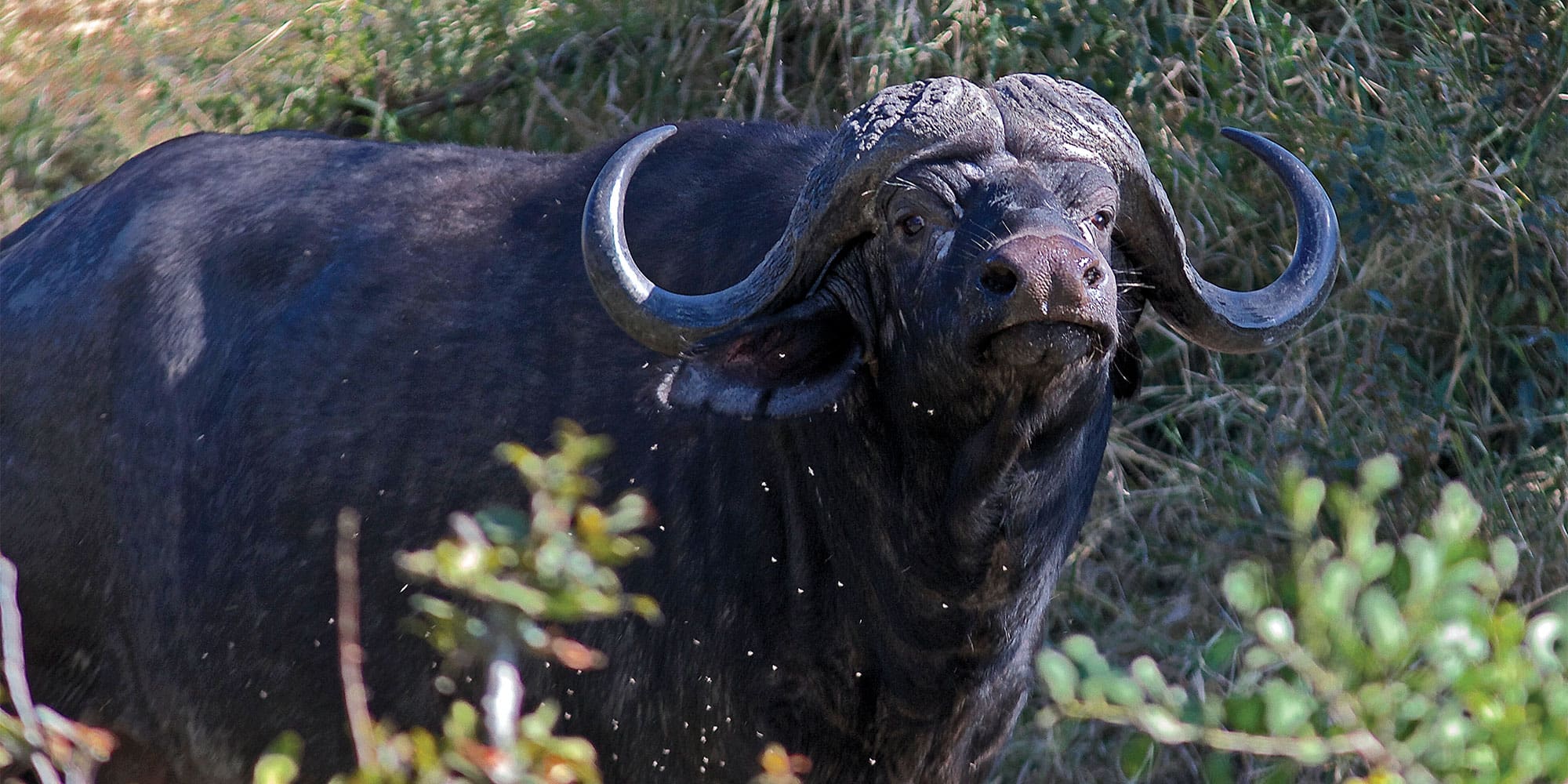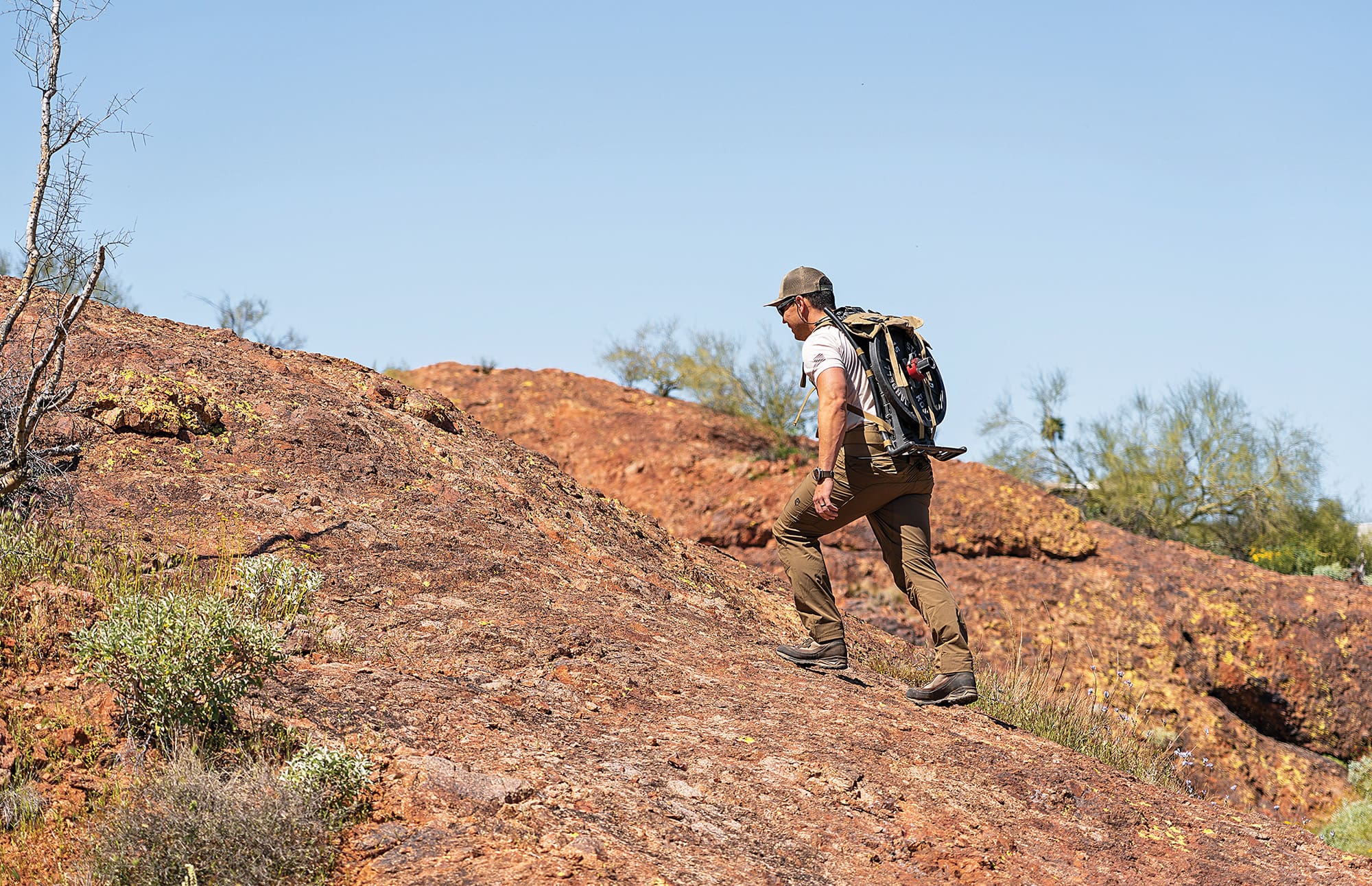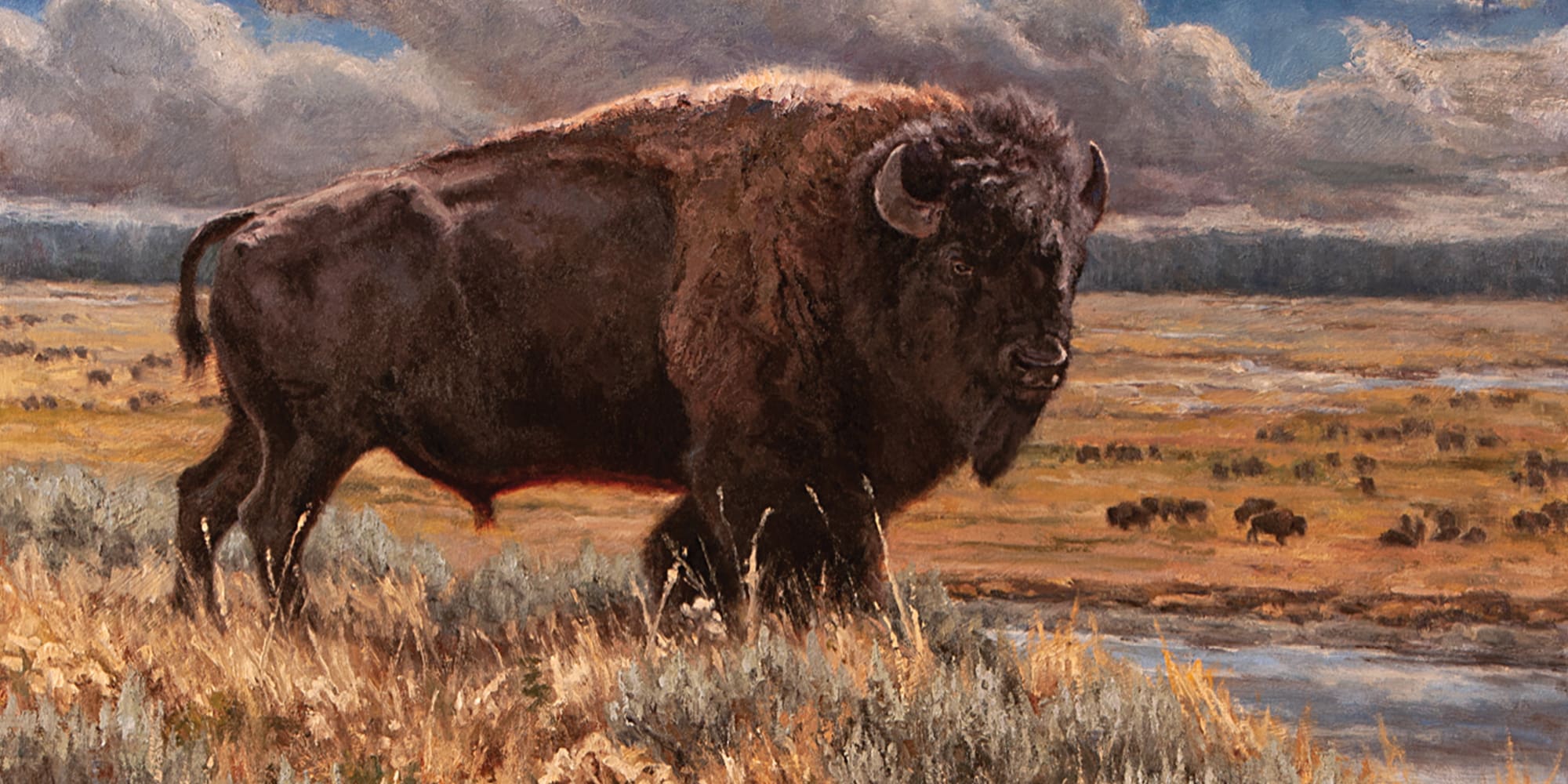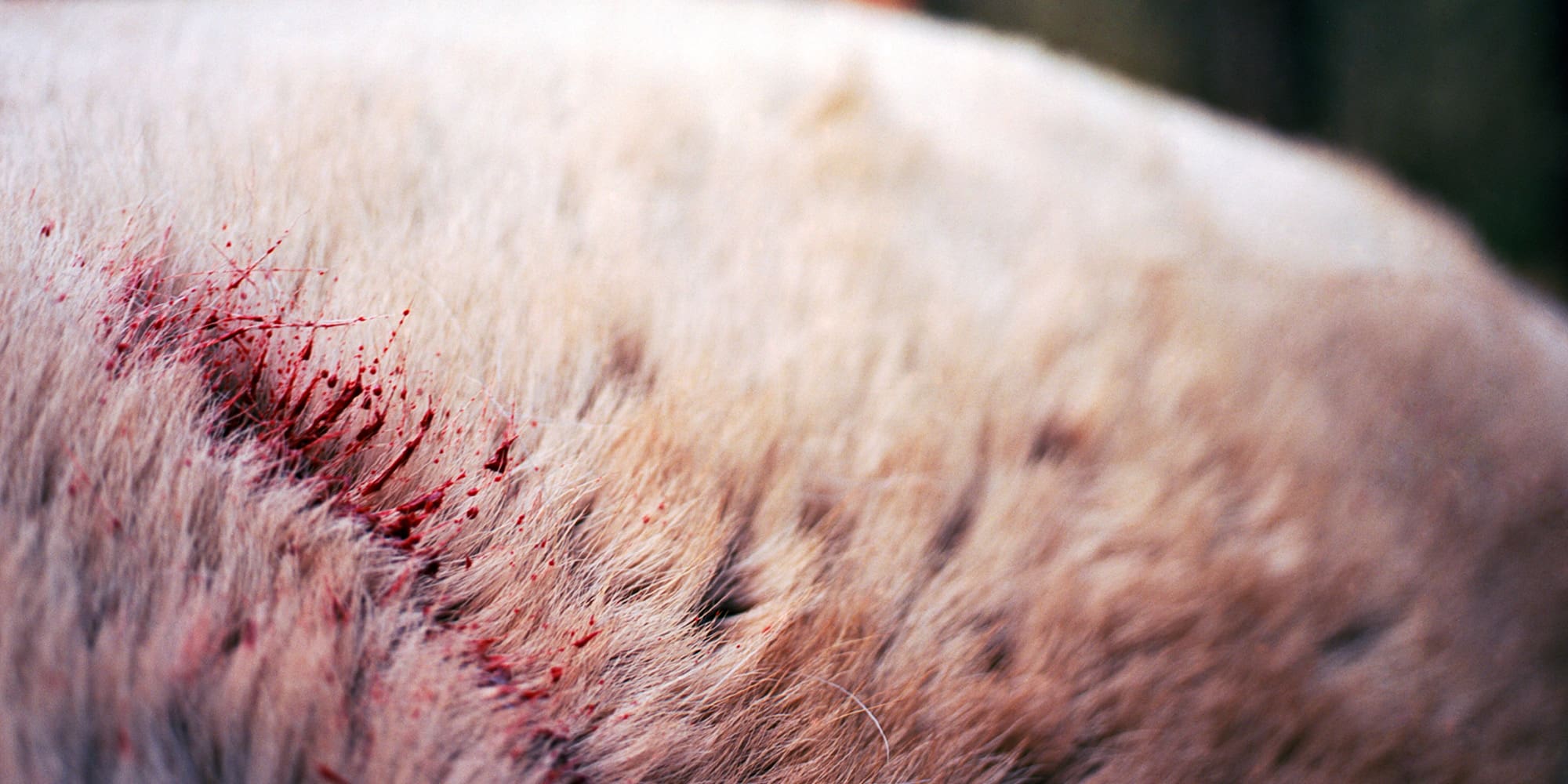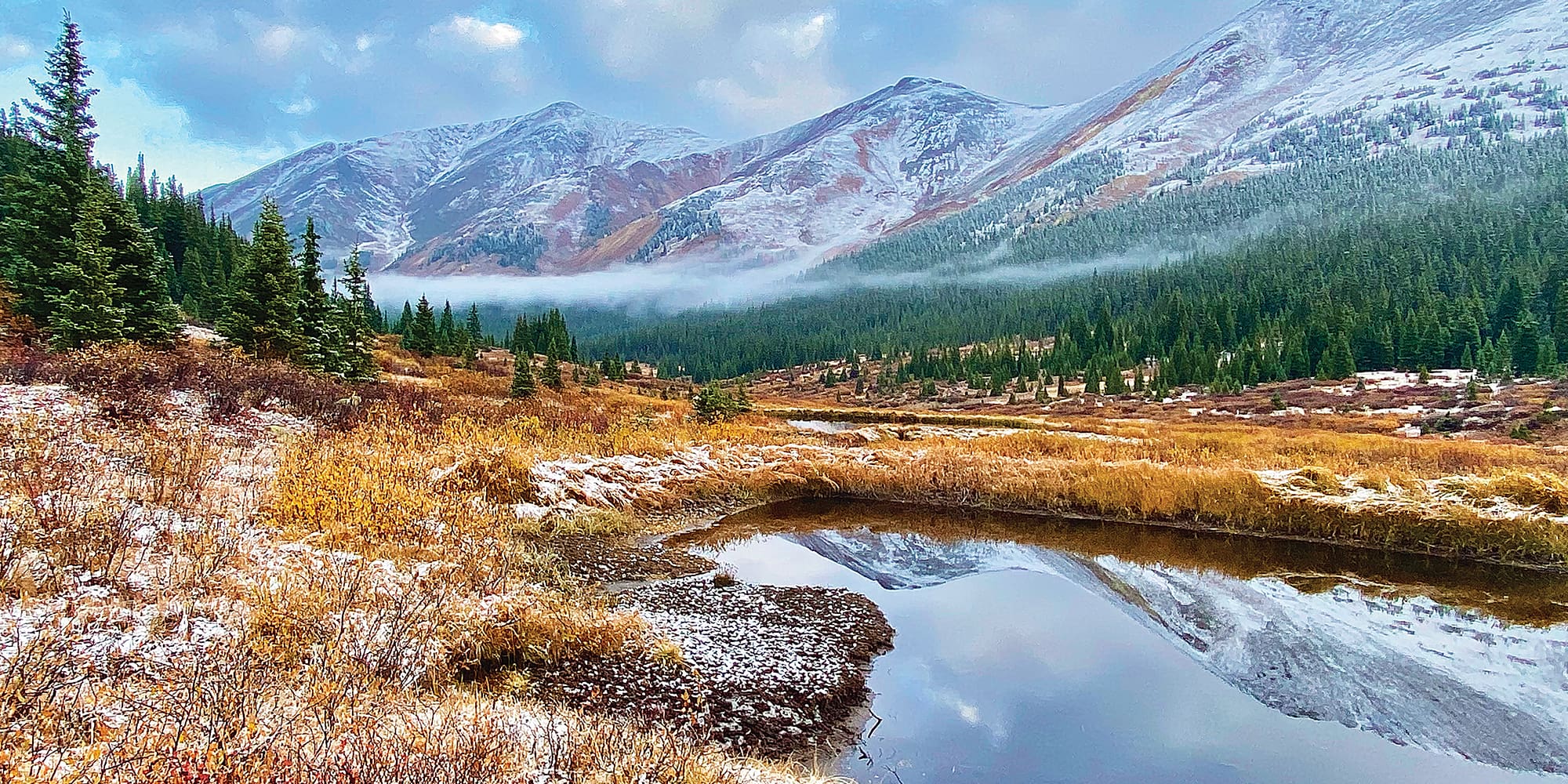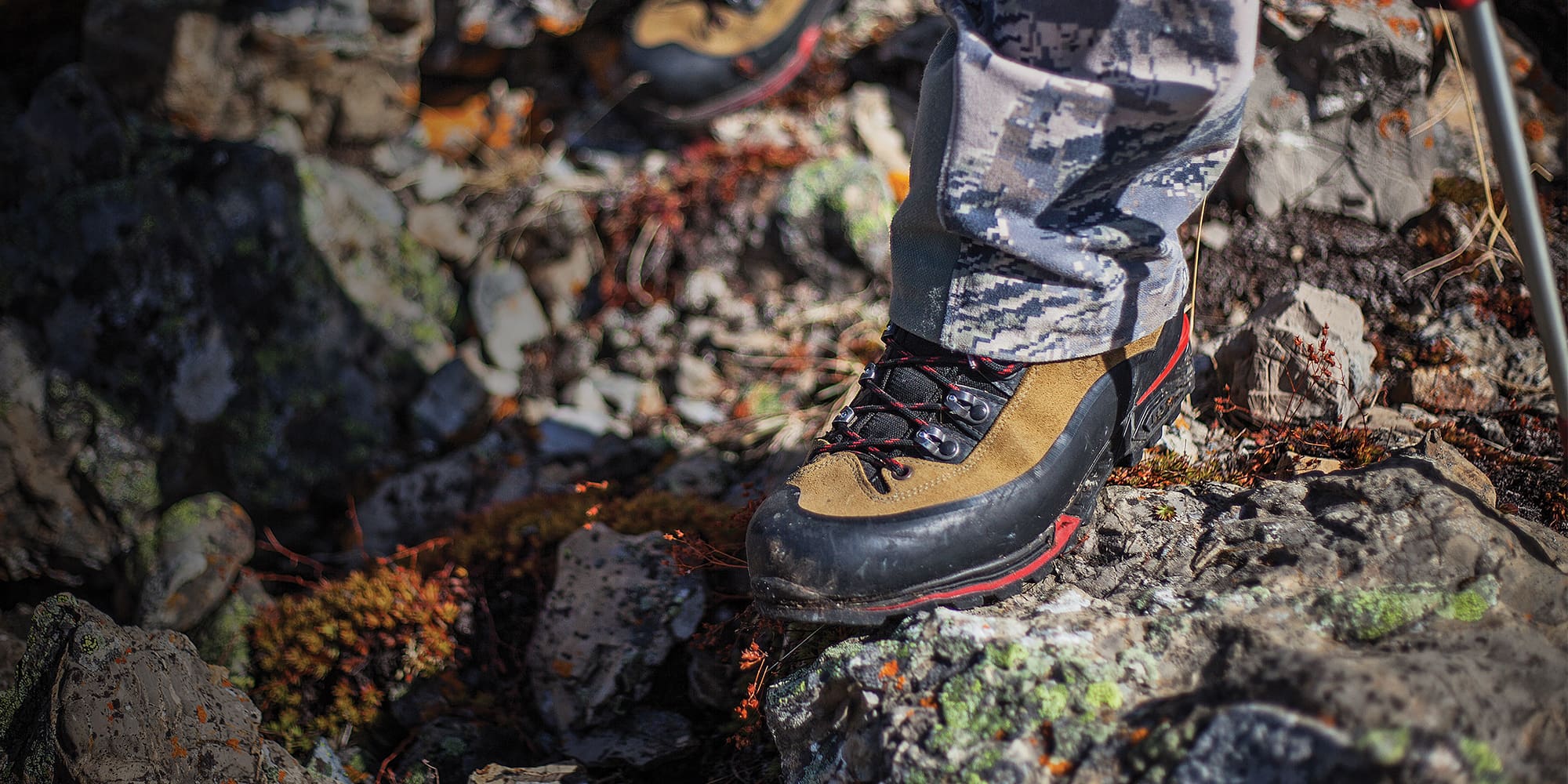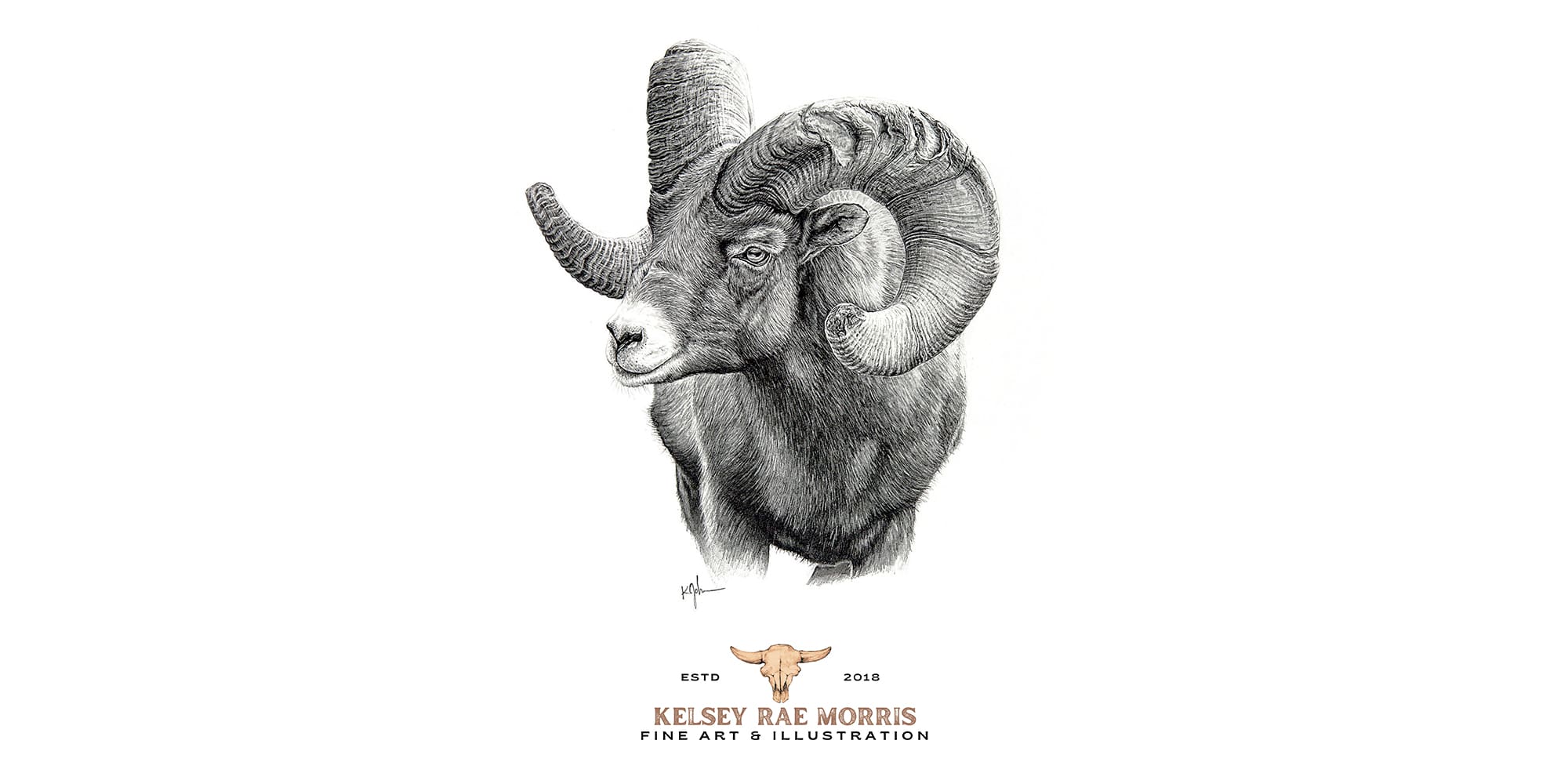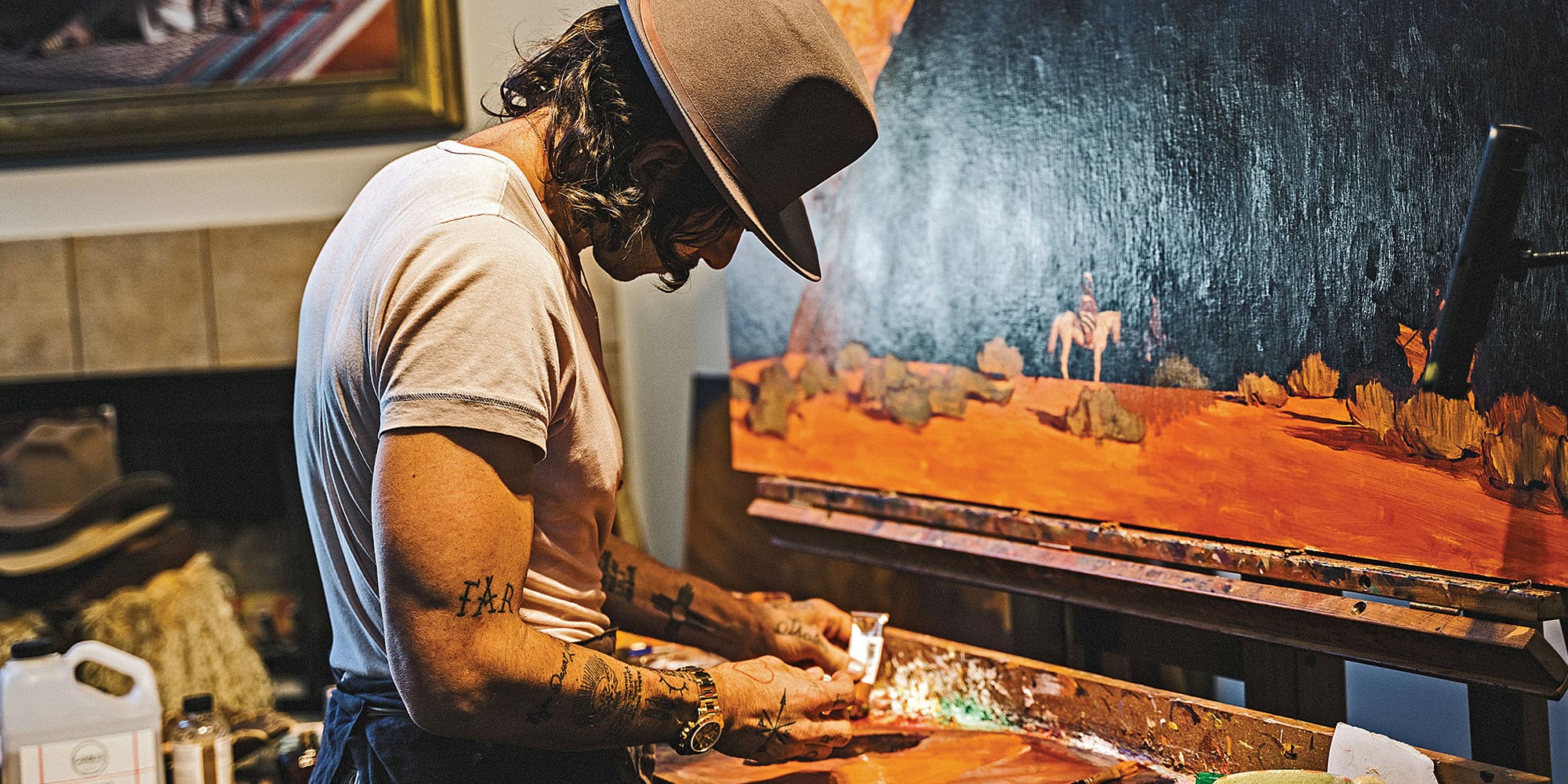
NOTICE: Certain links on this post may earn a commission for Western Hunter Magazine from Amazon or our other affiliate partners when you make a purchase. Thank you for your support.
Master the Art of Self-Filming
I have always loved filming hunts, watching hunting videos, and making hunting videos. Even as a kid, I always had a camcorder with me. It was a part of the hunt that I really enjoyed. I would film everything and then put together videos for my friends and family.
As I got older, that passion continued. I found myself on more hunts, but I often did not have anyone to capture them for me. I either did not have someone willing to run the camera, or I was alone. Keep in mind, this was many years before the word “selfie” was ever spoken. Without a person to run the camera, I did not let that stop me. I chose to film my hunts myself. While there were many hurdles to filming myself hunting, I enjoyed getting my perspective on film.
I worked a little harder to capture things, but it also felt freeing. I was alone and I could share that adventure at home. When it came to getting the shot, I spent extra time steadying the camera and making sure I hit record and came home with some cool stuff to show my friends. I continued getting filming practice while guiding hunters, capturing the hunt in a self-filmed style, and using a tripod to capture the action while I focused and did my guiding job.
Over the years, that self-filming morphed from something I did and shared with friends, family, and clients, to an opportunity to showcase it on national television through Solo Hunter on the Outdoor Channel. From that I have gained experience hunting all over the world, self-filming with everything from a trad bow to a long-range rifle, capturing the events and action along the way. In many ways, I feel like I helped pioneer the art of self-filming in the hunting world and believe that I have become an expert at it via the countless days spent trying to capture my own hunts on film.
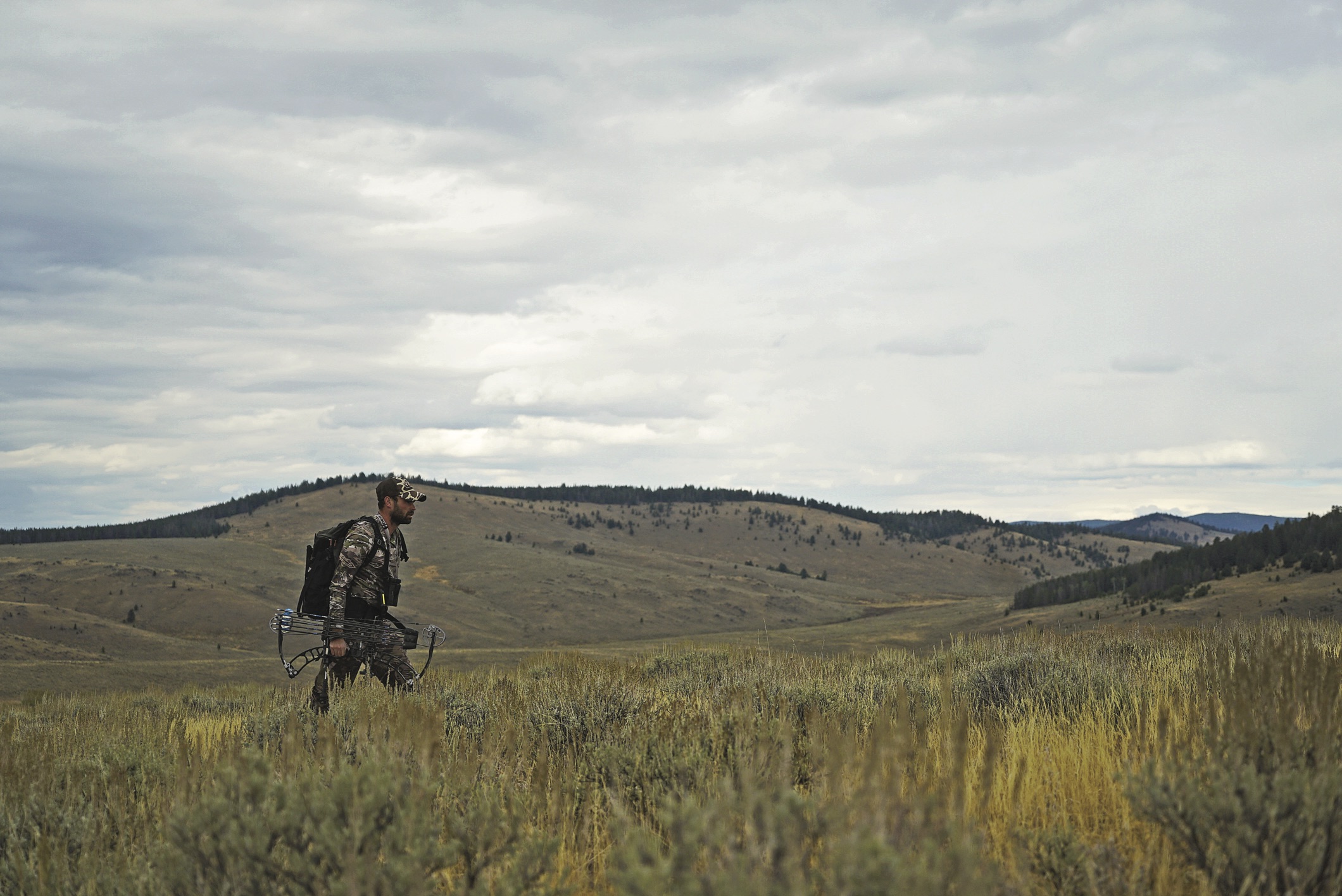
I was never one to let my lack of a cameraman hold me back from bringing home video of my hunt. With thousands of days spent self-filming, I want to share the secrets I have learned over the years of capturing my hunts and help lessen the learning curve for those of you interested in capturing your hunt on film.
These tips will help anyone looking at filming any hunt, whether your own or that of a friend! I would love to see some self-filmed submissions in the Western Hunter Film Festival. This is a great way to showcase your hunt this fall. You don’t have to worry about having someone to film. Use these tips, be your own videographer, and share your hunt!
Equipment
A question I get asked a lot is: “What camera I should get to film my hunt?” The answer is super simple. I suggest one that you don’t mind having out 100% of the time, something that is easy to use and that you will not baby. A video on a cheap Handycam you were carrying around is way better than the video you would have gotten if your big, expensive camera wasn’t in your backpack and you had time to take it out.
When I first started seriously filming, I saved up everything I could to get the best camera possible. My life savings was in that camera. It was heavy, expensive, and I kept it in my pack. At the end of a trip, I realized I pretty much didn’t use it. I had captured nearly everything on a $150 waterproof camera I kept in my pocket. The pain-in-the-butt factor of getting the other camera out was always present and prevented me from capturing all the little things along the way.
I quickly realized that unless the camera is handy, it does not get used. From that point on, during my trips, my camera has always been on-hand.
Cameras
Get something you can afford and do not mind beating up. Also, a key feature I find for self-filming is a flip-out LCD. I like Sony products now, but Canon, Nikon, and Panasonic are great as well. When it comes to selecting a camera, decide what is most important - stills or video. Also, you must decide between simplicity and complexity, quality and functionality, and heavy and lightweight.
Here are the four types of cameras and where they excel:
1. Handy Cam
This is probably your most versatile video camera. It excels in getting video, is easy to use, and generally is the lightest option. They are great for battery saving, quick, and durable. They also range in price from $200 to about $1,600 for higher-end or “pro” models. I filmed many Solo Hunter episodes on this type of camera. This is the best option for most people. These cameras are perfect for hunting as they are fast, light, and have a high zoom. The downside is the photo quality is not great, but if filming is your game, this is a great bet. These pocket cameras feature incredible autofocus as well.
2. Ultra-Zoom Bridge Camera
These are high-zoom built-in lens cameras that also have filming capability. They are sort of an in-between or bridge between a handy cam and an SLR-style camera. These are a great option, offering a lot of manual control ability but remaining relatively simple. Some have zoom capability greater than many spotting scopes. I have a friend that uses his in place of a spotter on backcountry hunts. They take good stills and video. The downside is the battery life is often less than a handy cam. Prices range in the $500 - $2,000 range. This is an excellent choice camera for hunting, filming, and photography. It is a good versatile option. The price is a little higher, and there is a little more technicality to operate, but not a lot. You can get some great quality for a good price.
3. DSLR
This, for the longest time, was the gold standard for professional photo and digital video. It can take great stills but also gives you great depth of field in your videos. They are high on the quality list but also very cumbersome and technical. There are a lot of functions, and getting the optimal settings may take time. The autofocus is not great, and the zoom is dependent on the lens. Often, multiple lenses are needed for various shots, which adds to both the weight and complexity. I used this style of camera for many years on Solo Hunter. I shot on a Canon Rebel, which is a great price DSLR kit, as well as more advanced cameras like the Canon 5D.
Prices on these vary and depend on lenses and image quality. With different options, they can run anywhere from $600 to $5,000 or more. The battery life is moderate, but with these cameras, you exchange ease of use for high quality and great still photos. These cameras help you get that cinematic and professional video feel.
4. Mirrorless
The last camera type on the list has been gaining popularity for professional filming and photography. It is similar to the DSLR, but the sensor itself captures the image. This means that the viewfinder is digital as opposed to an optical viewfinder on a DSLR, which uses a mirror to allow the shooter to see through to the lens. A mirrorless camera has some great features including solid low-light performance, a slimmer design than a DSLR, and great video/photo capability. The autofocus on many of these seems to function much better than on a DSLR. The drawback is that the battery life is comparably lower, and the entry cost is often a lot higher. Just like the DLSR, these cameras typically utilize different lenses and can be complicated to operate, but the quality is extremely high. The average cost is $1,000-$7,000, depending on the setup. I currently run a Sony mirrorless camera for all my professional videography.
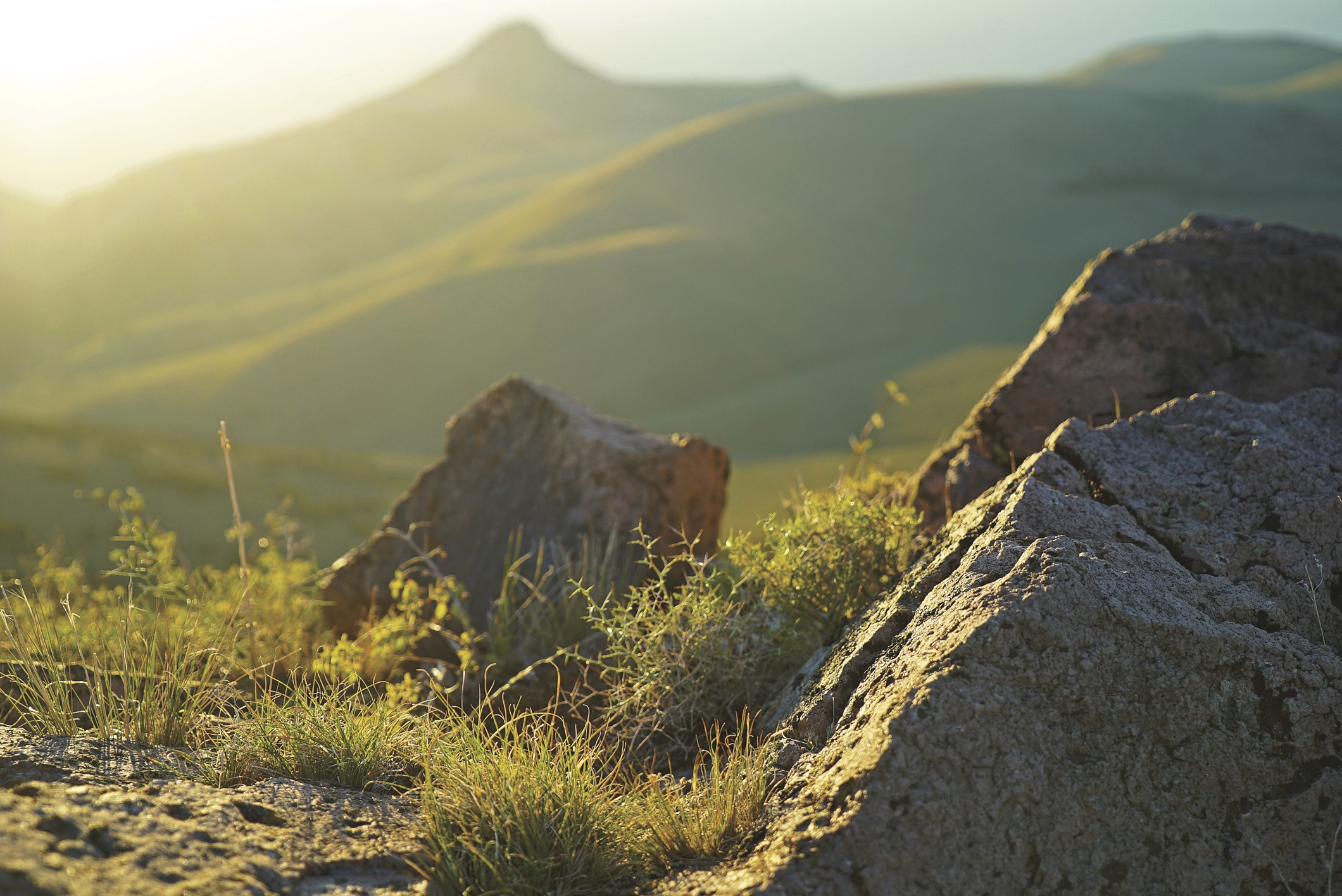
Tripod
For self-filming, a good tripod is a must. This is your second set of hands while you make the shot, walk the ridge, or just to get the camera a little farther away than arm’s length. Any tripod will do. I look for something that has a ball-type head when self-filming. It makes it super easy to level the camera quickly without adjusting the legs. This is key as the terrain changes and getting set up quickly might be the difference between getting the shot or not.
Audio
I hate dealing with audio, but outdoor filming is inherently windblown. A small mic with a windscreen works well. As a hack, I have glued small, fuzzy windscreens over the in-camera mics on my cameras to help cut that noise if I don’t want to use another microphone. This works for most applications, but if I need to say something, a decent quality mic makes a difference. Rode and Sennheiser make some great entry-level mics that mount to your camera, all the way up to professional wireless lapel mics.
Batteries
While filming hunts, you will need to carry your batteries. I have tried every method possible for charging in the backcountry. I think the best option is to not mess with solar and just take a pile of batteries. For extended trips, pre-charged battery packs that can charge phones and other devices work great for a refresh on electronics and a backup charge for the camera.
Memory Cards
Always make sure to pack a memory card in the camera and a spare on the trip. There is nothing worse than running out of space. I guarantee it will most likely happen when you are about to shoot something.
Second Camera
I like carrying, at minimum, some type of secondary camera. This can be a GoPro, a phone, or other, small action cam. This is not necessarily a backup camera, but a second angle or different point of view that you can use to cut into your edit to build out the story. This should be easy to use, point and shoot, and able to grab a different angle while your main camera focuses on the action downrange.
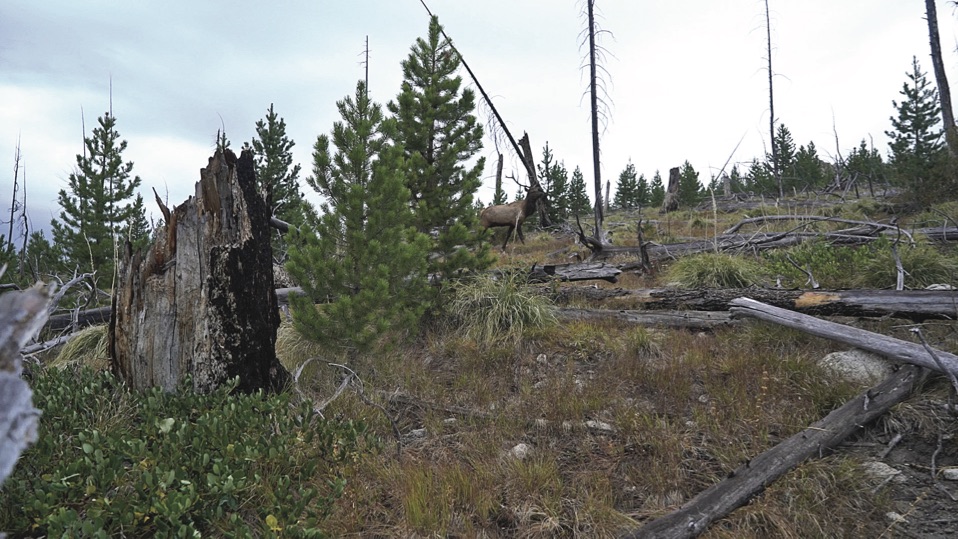
Story:
When it comes to filming a hunt, the part where you squeeze the trigger or release the arrow is only a fraction of the entire hunt itself. While it is an important part, it is just a part. Many people I know that try to film their hunts only try to capture this segment. There is nothing wrong with that, but it can be the hardest part to capture. A missed button press, a dead battery, a bump of the tripod, and it is all left uncaptured. My philosophy is to capture the whole story, all the bits that make the hunt interesting. Of course, try your best to get the kill shot, but if you don’t, at least you have the memory and film of the whole experience and everything involved with getting to that point.
A good film has a good story. It is not reliant on a single clip, but on all the pieces along the way. Think of filming in those terms, then capture all the little pieces that help build that story, that show what is going on. That is the makings of a great video, in my opinion.
I like to build out a basic shot list to help the story along and make sure I capture all the pieces for the final edit. These should provide visual pieces to what is going on. I always try to get a few of the following shot types:
Scenic wide - This gives context to the setting.
Close-up and macros - These give depth to simple things and add a variety to the storytelling. These could be as simple as a close-up on a boot going up the trail, an ant moving on a log, a plant blowing in the wind, or a close-up of the antlers.
Action shots - In-the-moment, real-life action that shows the emotion and the struggle.
Time-lapse - This is a great way to show the passage of time, weather, or other things in a condensed way.
Static and moving shots - I like to vary the type of footage, some moving the camera, some static, to add variety to the video. This keeps it from getting repetitive.
Creative shots - Get creative, and try something new. Some of my favorite shots in the past have been ones that I didn’t see coming - from a unique angle or a different perspective.
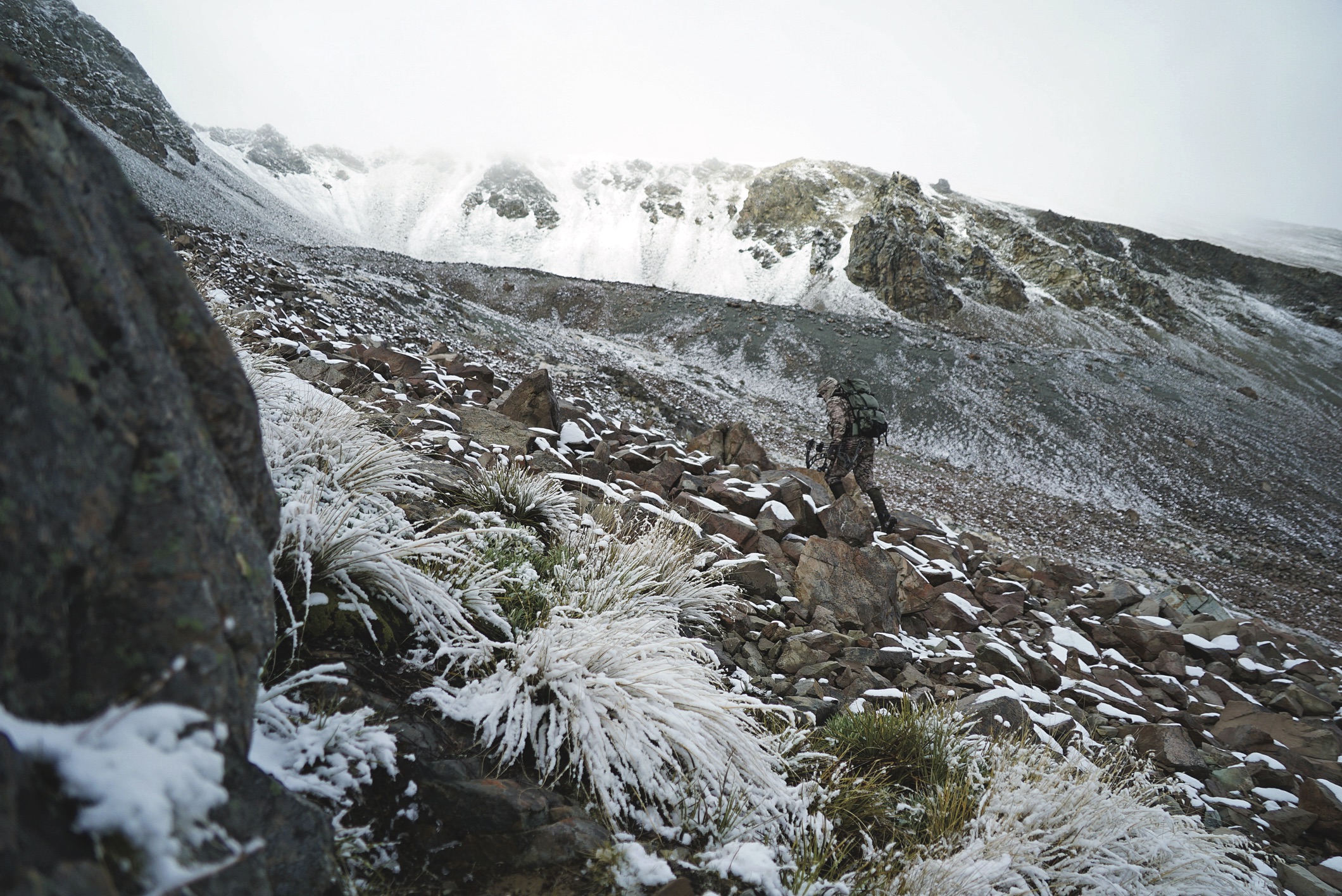
Commitment:
In order to properly self-film, or film at all, for that matter, you need to adopt a certain level of commitment to the process. It sounds weird, but when I am filming, I must 100% commit to filming over anything else. Yes, I am hunting but if I do not commit to filming first, I won’t do it.
You have to realize that it will be more difficult, but commitment is what makes it. People are always amazed at how I sneak in on mule deer with a bow and capture the stalk and the shot on my own. They always want to know how I do it. The honest answer is simple: I commit to it and don’t hit the easy button. It is hard, but I go in knowing that and say I will do it, regardless. It is so easy to abandon filming, but the moment you do, you will never know if it would have worked out or not. Having that commitment is the only difference in my book. You have to prioritize how badly you want to film your hunt and go from there.
Film & Hunt Strategy:
Filming is one thing, hunting is another, and self-filming your hunt is a completely different entity. Having made 10,000 mistakes, I will give you my top 10 tips that will make the process more successful.
- Carry the camera on a tripod. Having the camera out, easily accessible, and ready-to-use is key. I keep the camera in my hands, on the tripod for 90% of the day. It makes it easy to constantly grab pieces of the story. It also keeps filming front-of-mind. You can’t share what you don’t capture. Having it out all the time makes this possible. Having it on a tripod makes the camera easy to set down as well for glassing while hunting.
- When you are on a stalk, pre-adjust the tripod for the slope of the hill and constantly change it with the terrain so you can set it down, balanced, at any given second. This streamlines the set-up process in crunch time.
- Make everything silent. Wrap the tripod in tape, tuck anything that will clank, like your archery release, when you go to adjust the camera. Know that filming equipment makes extra noise, and so spend time to quiet down your setup. Also, turn off all the chimes and dings you can on your camera.
- You might have to stalk twice. Plan a stalk to get your camera into position, then yourself. This means picking stalks where you will have time. Watch the animal find a good bed and anticipate how long it will remain there. There have been many times I have stalked in, set up the camera, stalked out, then re-stalked in with my bow or gun, knowing it would be quieter than crawling with both. This is only possible by picking solid stalks.
- Use a tripod head with the tension set so you can adjust it one-handed. In the action, I like to be able to operate and move the camera one-handed and quickly.
- Read the animal, and make smart moves. Filming takes time. Do not rush for sake of rushing. Plan your movements. This will, overall, make you a better hunter as well.
- Watch lens glare. Be cognizant of how the sun hits the lens of your gear and don’t flash an animal with it, especially when you are stalking or within range. This applies not only to the lens but to the LCD screen as well. I will cover the screen if the sun is hitting it or turn it around if the screen can rotate. I keep a spare face mask in my pocket just for my camera. Also, think about any secondary cams as well.
- Always keep a spare battery and memory card in your pocket. If you don’t have one on you, you will absolutely need it when you don’t have your pack nearby. If you swap memory cards in the field, away from your pack, put the memory card in with your hunting license and not willy-nilly in your pocket. This will help keep you from losing it until you get back to your pack to store it in a memory card case.
- Hit record! Double-punching the record button happens a lot. This happens when the camera is recording, then you hit record again and actually turn it off, thinking that it is rolling. I always try to make sure to take one split second to see that it is recording. I look for the time code moving or the actual word “record” or “REC” flashing on the screen.
- Turn off any front-facing lights on your cameras. I was busted once on an evening ambush. I could not figure out how until I took my GoPro off my head and saw a giant, red, flashing light - a dead giveaway to my ambush position. That was the last time I made that mistake.
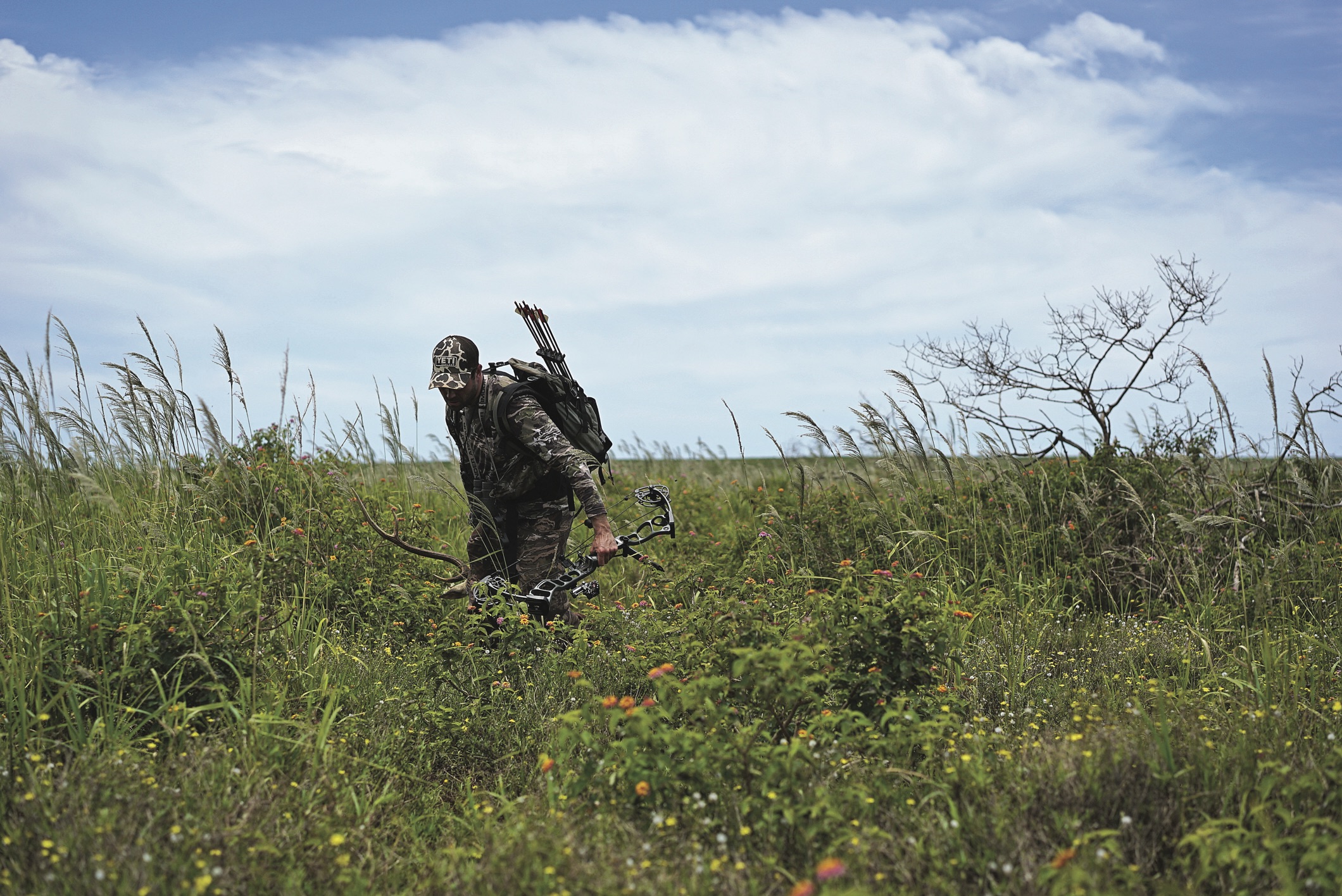
*As a bonus tip, make sure your camera has a memory card or you at least have one on the trip. One time, I hiked 10 miles into the mountains after Tahr in New Zealand. I had about 25 lbs. of camera gear: a DSLR, handy cam, GoPro, five days’ worth of batteries for each, three lenses, and a wireless mic set… oh, and zero memory cards. I did not figure it out until I set up camp and tried to review footage of the hike in. That was a lot of dead weight. On the plus side, I filmed it with my phone and shot a nice bull Tahr.
While self-filming can be cumbersome, loud, involve a lot of extra weight and gear, and generally be extremely difficult to pull off, for me, the benefits outweigh the cost. I self-filmed long before I shared my hunts with anyone publicly. I just did it to have that memory for myself, friends, and family. Self-filming allowed me to keep memories of hunts and not rely on someone else to film them for me. Over time, I have really enjoyed the process of filming my own hunts, the highs and lows associated with it, and the ability to share those incredible moments with others.
I hope this helps you get started. As with anything, getting good takes practice and dedication. The more you do it, the easier it gets. I am looking forward to seeing what you capture in the field this year! I will be judging some of the film submissions to the WH Film Festival, and I hope to see some self-filmed entries! You can find Solo Hunter on Amazon Prime as well as new episodes on our Solo Nation membership site a year before release to other platforms like YouTube. Feel free to use code REMI for 20% off the just-released Season 11 of SOLO at solohntr.com


